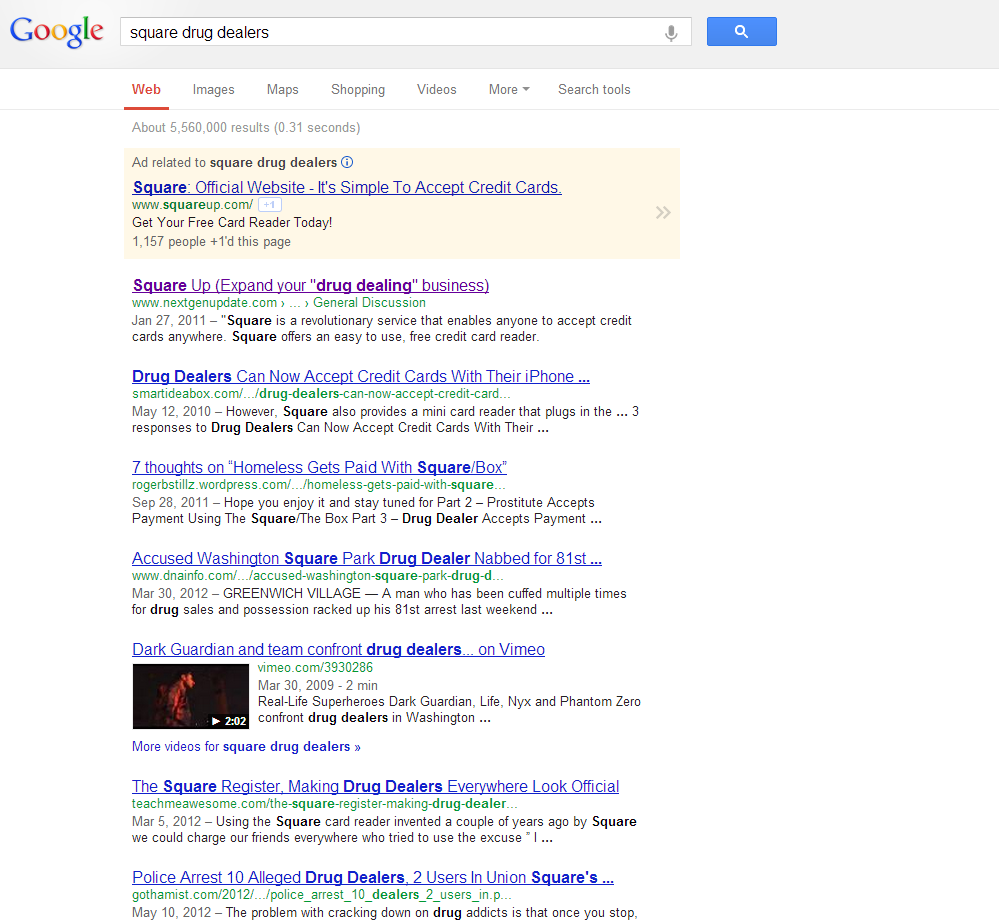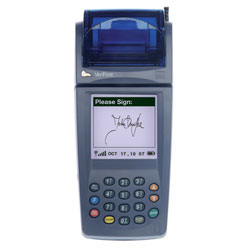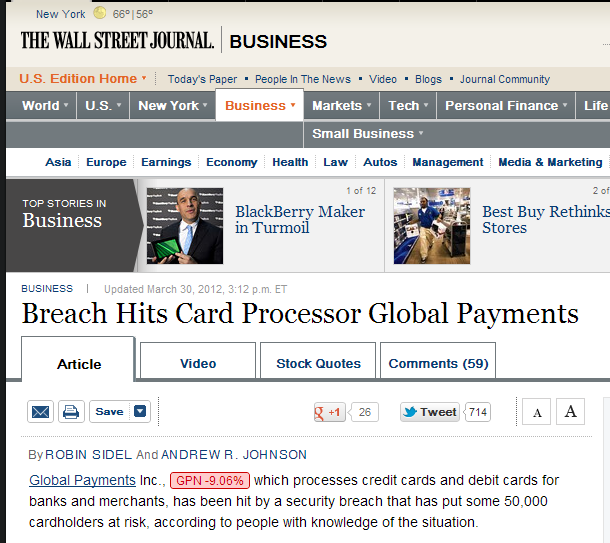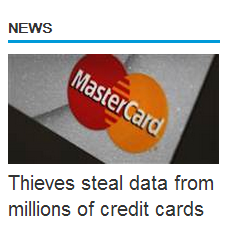Here’s a daily scenario that I come across. A website owner / entrepreneur / service provider / auction site / startup / etc., wants to create their awesome online platform that will allow vendors to sell and customers to buy, and they simply want a small percentage of the transaction. There are about a million different ways to describe this, but in the end the result is the same, the vendor gets payment, the site operator takes a small percentage, and the customer gets their product or service.
Now on the surface this is a completely rational credit card processing setup that many businesses could benefit from. In reality, processing like this is an extremely risky method that can and often does result in substantial losses for the party running the platform and the credit card processor. Let’s run through why these scenarios often don’t work and are prohibited by every normal payment processor out there. The technical term for this is called aggregating, and coincidentally it is exactly what Paypal, Square, and other 3rd party payment processors do.
In these scenarios we have 3 parties, the customer making the final purchase, the vendor who is selling their product or service, and the platform that is providing the mechanism or bridge between the vendor and the customer. This could be a anything from a commission based shopping site, an event coordinator, an action house or website, or any number of business ideas where a middle party provides the connection and mechanism between vendor and customer, but doesn’t actually provide the service themselves. The idea is that the platform seamlessly collects the payment from the customer and then pays the vendor after taking their small percentage fee for the service. Since they have a number of vendors using their service, they typically want to setup one merchant account to accepts payments with and use their own internal accounting to handle the proper payments.
Chargebacks…
What this creates is a major liability vacuum where the party that receives the majority of the payment, is not the party that is contractually responsible to the customer’s bank. When the customer decides they didn’t like the service and they make a chargeback, the platform loses the money and then must go back to the vendor to get reimbursed for their customer’s chargeback.
Just to illustrate how much risk and exposure the platform takes on this, let’s just say the platform charges the vendor an arbitrary 5% per sale in fees and commission. At 5%, the platform is taking 2,000% exposure on every dollar they earn through their system, without taking processing fees into consideration. To be redundant, for every $1 in revenue the platform keeps, they have $20 in liability for at least 180 days. Even at 10% in fees, they are exposed 1,000% on the dollar. The vendor ends up with 95% or 90% of the amount payed, while the platform still holds the liability for the entire 100%. This problem is further compounded when you consider that a card holder has 180 days from the date of the transaction to file a chargeback with their issuer. The bigger picture presents potential liability and challenges that far exceed what most businesses could ever accurately plan for. The reason that credit card processors and card associations don’t allow this is that when thing blow up and the vendors aren’t refunding the platform, and the platform implodes and is broke, the processor is left with the bill. And yes, this has happened many times in the past even to the level where processors have gone bankrupt as their exposure is even more lopsided than the platform we’re describing here.
So, how do Paypal and Square and 3rd party processors do this?
These companies are established and registered with the card associations solely for this purpose. These types of accounts typically require huge reserve accounts that exist solely to cover loses due to fraud. They also have extremely vigilant monitoring and restriction policies, which is why you’ll see almost every complaint against them is for holding funds. They also have very strict oversight and reporting requirements to the card associations. Implementing systems like these can cost million in registration and administrative fees, not to mention the millions that would be required to be held in the reserve account.

 What this basically means is that Square is not operating within money transfer regulations by Illinois’s interpretation of Square’s practices. Much of this is directly focused on anti money laundering regulations. It is extremely easy to setup an account with Square and there are numerous reports and even instructions on how to
What this basically means is that Square is not operating within money transfer regulations by Illinois’s interpretation of Square’s practices. Much of this is directly focused on anti money laundering regulations. It is extremely easy to setup an account with Square and there are numerous reports and even instructions on how to 
 The
The 




